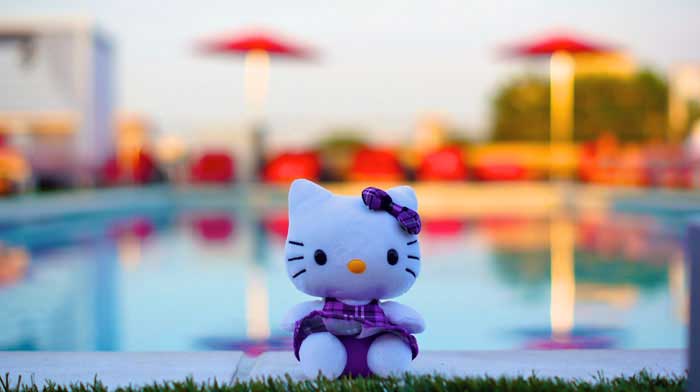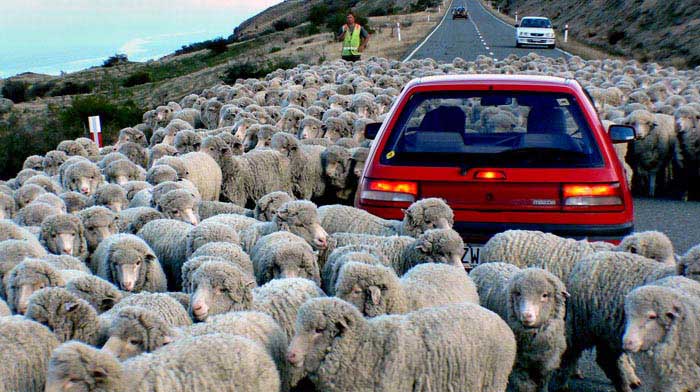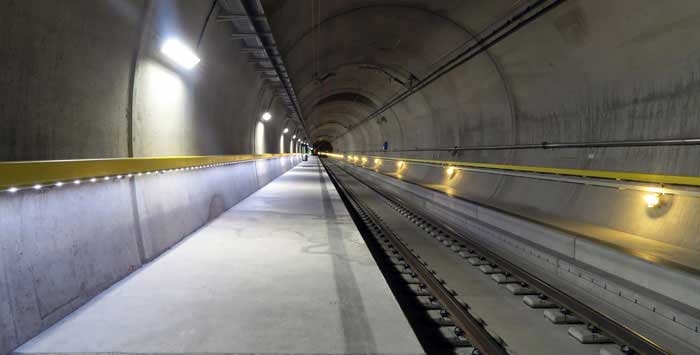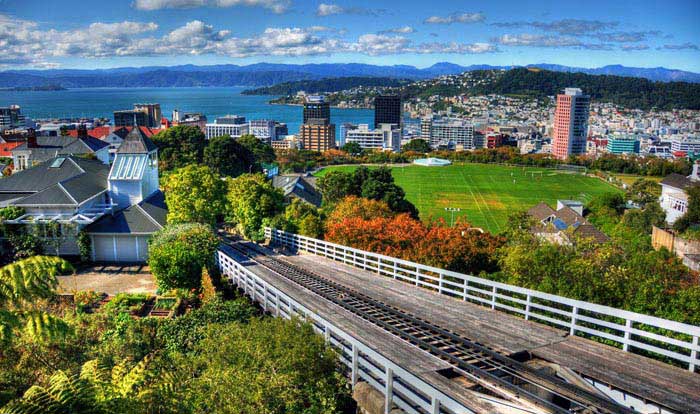From Hello Kitty cafes, to Hello Kitty trains and now Hello Kitty bus-hotels, the world of tourism is dominated by this cute little pink cat. Using the cute image of this fictional character.
If you happen to visit northern China, you might want to stay at a Hello Kitty bus hotel. They are probably better than a regular hotel. These mini homes, which cost $43 a night, feature private kitchens, bathrooms and colourful interior and exterior designs. You might not only get more benefits for less money, but you might also enjoy staying at a unique, cartoon-filled bus hotel.
The story behind these hotels is that they used to be abandoned cars which a Chinese Park turned into Hello Kitty and Micky Mouse hotels. Owners of the Tai Tai Mountain Park in the city of Taiyuan, Shanxi Province, have converted more than 30 old buses into mini-hotels with their own theme, mainly popular cartoons, including Mickey Mouse, Hello Kitty and Doraemon. The exteriors are embezzled with cartoon murals while bright bedspreads and big stuffed animals help bring the interior to life.
Guolin Han, president of the Tai Tai Mountain Park, explained why he decided the carry out this colourful idea: “These abandoned buses are cheap to buy and it's great reuse of waste,” said Han. Accordingly, they spent more than $9,000 to transform each bus.
The revamped buses are designed to attract young travelers, families and couples. The resort recommends travellers to book in advance. There are plans to add even tractors and trucks to the mix.
Chongfeng Yue, vice President of Tai Tai Mountain Park, said he aims to create a recreational vehicle museum. "It will be really meaningful to look back at these outdated vehicles in the future," he said.
If you also want to use Hello Kitty transport, now you can. Taiwan has launched Hello Kitty-themed express train. The cool icon is not only painted over the train's exterior, but it is also all over the interior, appearing on walls, headrest covers, serving carts and meal boxes.
The train -a collaboration between the Taiwan Railways Administration (TRA), Eva Air and Sanrio Taiwan - is designed to attract international visitors.
To make the illusion even greater, on the train, riders can enjoy Japanese-style fried porkchops instead of the usual boxed meal. "The design concept behind this train is 'Travel around the world with Hello Kitty,'" a TRA representative stated.
To bring this across-the-world concept to life, the train's eight cars are painted to reflect different travel scenes: Taipei, Asia, Australia, Europe, Africa, North and South America, and the North and South Poles. The final car shows the counties of Hualien and Taitung on Taiwan's eastern coast.
Sanrio, the Japanese cartoon company that conceived Hello Kitty, designed a character wearing a hat and uniform to serve as train master.
Ever since Hello Kitty was created in 1974, it has grown to become a global phenomenon and becoming an icon in the like of James Bond, Jackie Chan and Kate Moss. In the last four decades, as it has attracted fans from all over the world, the Hello Kitty image has been license to appear on everything from dumplings to toasters to beer pong tables to airplanes. That makes us wonder what is next for Hello Kitty, as it never ceases to be cool.




